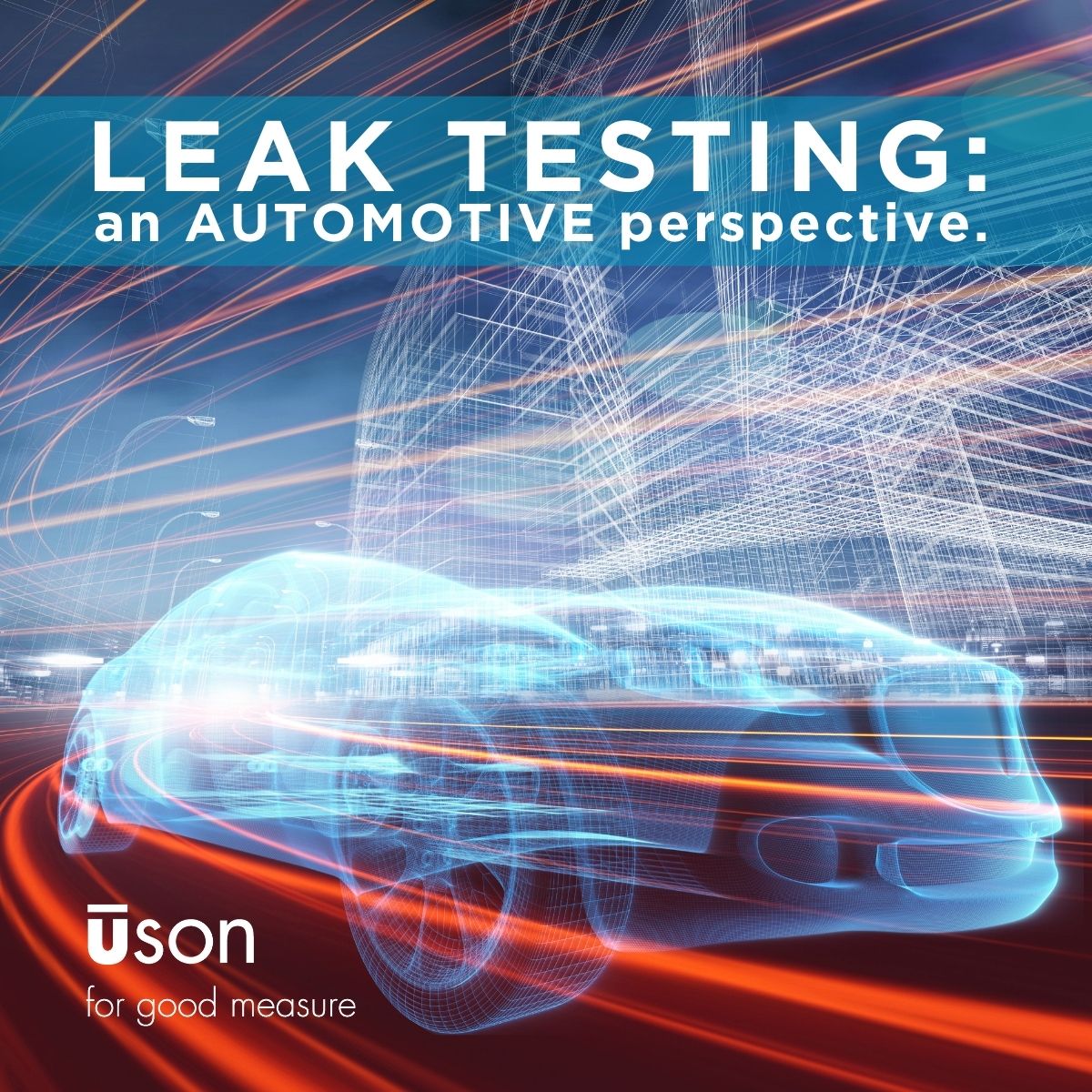Leak Testing Silos
From a leak testing perspective, shave seconds off of each leak testing cycle with effective inter-departmental communication.
The continuous innovation in the automotive industry has ramped up in recent years. Demands for fuel efficiency and hybrid designs have sent automotive design engineers back to the drawing board for components that had been somewhat static in years’ past. Protecting powertrain and all body electronics from exposures has renewed attention to the best leak testing technology —and if a particular tester that was previously used in a production line is optimal for today’s designs.The laws of physics that determine the best match leak test methods have not changed. What has changed is the technology available—both the leak testers and the automation for full or semi-automated assembly and leak test machinery—that make one or another leak tester the best match technology.
Some in the automotive industry resist upgrading to more accurate leak testing technology because of the time-worn adage “If it ain’t broke don’t fix it.” However, the calculation of ROI for newer leak testers is a relatively straightforward proposition. In fact, reputable manufacturers of leak testing systems include keeping customers informed about upgraded technology and tester options as part of their core service.
First things first—be prepared to discuss your application with a leak testing specialist in detail. This is the minimum of what you need to be prepared to discuss with your leak testing technology specialist:
Secondly, make it a priority to consulting with your leak testing specialist about a visual inspection or dissection of the test part. At USON we assume that in the many patent-pending automotive designs require on-site inspection. Web call or video has streamlined this process. Video enables precise recommendations for seals or other fixturing in automated machinery that matches the geometry, flex and other physical characteristics that bear on testing efficiencies.
Third, make sure that your discussions include detailed analyses of whether parts of components can be leak tested simultaneously or whether the sequence of tests required makes asynchronous multi-channel leak testing a better match. This is not simply a matter of looking at lower costs, though that is one inevitable byproduct when you drill into this level of detail. It is also a matter of test accuracies afforded by sensors that are tuned to different pressures and also the cycle time for tests with particular sensors. Multi-channel and multi-sensor leak testers are the types where the most recent innovations have occurred.
As an example, consider today’s transmission case. In these types of castings the high pressure ports, low pressure ports, and main case operate at different pressures and different allowable leak rates. If you use a leak tester with multiple sensors scaled to operate at maximum efficiency at these distinct pressures you create a more efficient system, which allows for concurrent testing of non-adjacent cavities as well as monitoring adjacent passages for common wall leakage. As the transmission case moves along the build process into assembly, electrical connections are made and seals installed. At that stage, the multiple sensors on your leak tester will allow you to isolate connector and seal leaks by monitoring specific locations while the main assembly is tested.
Word to the wise—upfront cost of any leak tester is not the same as your real testing costs. Cycle times factor in and in turn this goes back to the sensitivity and pressures to which the sensors being used are tuned. Testing costs per channel and testing costs per sensor are factors that create significant forks in the purchasing decision trees.
Fourth, there is wide variety amongst leak testers in terms of their I/O sophistication and the number of test steps that can be programmed. If flexibility is important there are leak testers that have been designed with that requirement as core. Similarly, some leak testing equipment has numerous data communication options. These types of factors are always important but are essential to blueprint in detail when you enlist your leak tester manufacturer to provide a total turnkey leak test solution.
Last, but certainly not least, is consideration of the configurability of your leak tester. Today’s technology improvements allow you to pick leak testers with totally customizable pneumatics, test methods, data communications and storage. It may sound hyperbolic, but if you do the math just considering a tester capable of more than a dozen NDT tests in any order you realize quickly that you are talking about nearly half a billion permutations of how such a flexible leak tester can be used. This means you are getting best match technology not just for the application at hand today but for your widgets of the future.
Perhaps the biggest mistake we see is someone taking an antiquated leak tester that was built with one pressure and sensor range in mind for an earlier generation automotive component or product and using it for a new application. Yes, it will work in some fashion but certainly not optimally. Usually, the regulators and flow sensor ranges are just off and the tester more or less limps to the finish line during every test cycle.
Is your leak tester out of date? Uson can help. Contact us for a no-cost detailed applications analysis to answer that question in great detail. Leak test technology may have changed but good old-fashioned customer service has not.
From a leak testing perspective, shave seconds off of each leak testing cycle with effective inter-departmental communication.
Uson Applications Engineer, Joe Pustka, discusses the risk of non-compliance for medical device manufacturers. Part 2 of 3.
Consolidation of companies within the medical device manufacturing industry is a trend creating challenges in globalization. Part 3 of 3.
Industries
